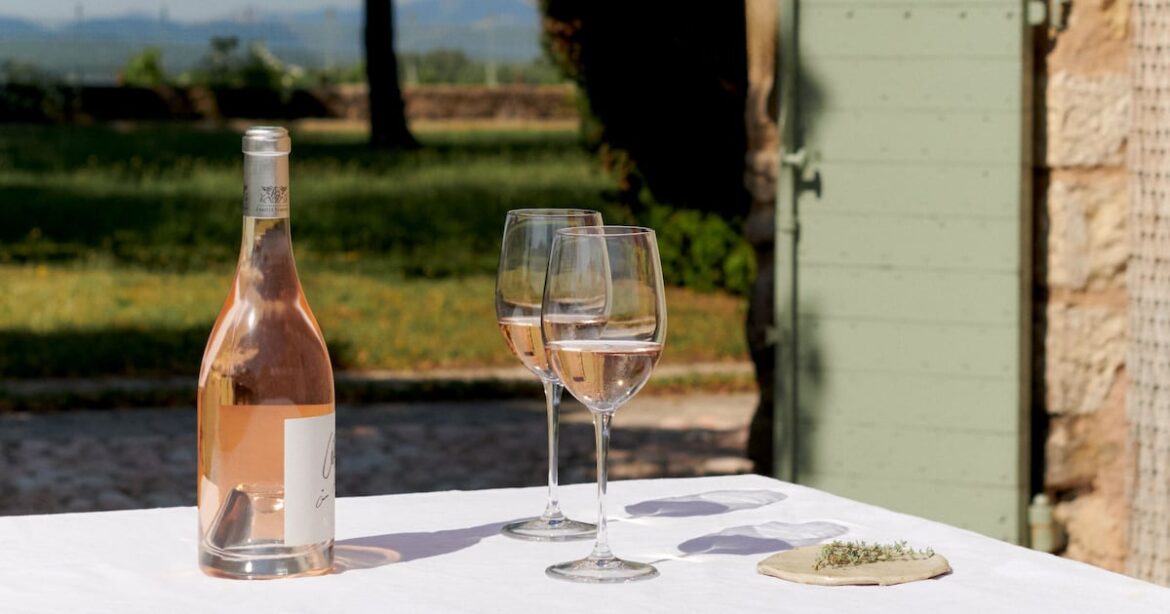Chic, easy on the eye and a wine of the times, Provençal rosé has become a lifestyle choice – and we can’t sink enough of this pukka pink.
So much so, even bona fide wine lovers have fallen head over heels for these elegant, complex, textured wines which come in an array of scintillating styles, and seduce us with their beguiling pale pink hue.
And it’s become clear there’s something that sets them apart from anything else in the realms of rosé, and quite frankly, any other wine.
“I think in the past, say, five or six years, rosé has garnered the spotlight thanks to some famous or notable brands,” highlights Vins de Provence Ambassador, Ray O’Connor MW (Master of Wine).


But the important thing to note is it’s been a work in progress for a good number of years, he underlines. Indeed, rosé production stretches back centuries – and Provence is the birthplace of French wine.
“But if we were to step back 25 years and creation of Centre du Rosé [a research and development centre for style of rosé], that’s where the dial started to turn… with this great movement towards focusing on quality above anything else.
“Getting the buy-in, belief and motivation from growers and winemakers to focus on the pursuit of quality over volume,” explains O’Connor. “And what we’re seeing now, is the tip of the iceberg.”
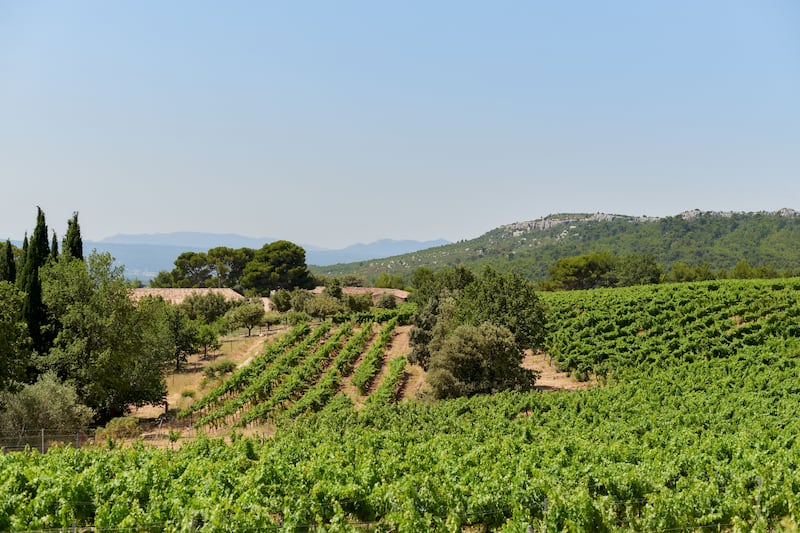 (Clémence Louise Biau)
(Clémence Louise Biau)
Perfectly placed for premium rosé production, a quick glance at the Mediterranean climate and number of producers who are farming organically or ecologically (61%), and you’ve a sense of the terroir – and how Provence has snapped up its position.
O’Connor says it comes down to environmental values, diverse topography and a huge amount of life in the land. “You have to think of it as quite a wild and turbulent geology of rolling landscape, there’s a lot of energy in the region.
“From the Mediterranean Sea, to the winds that blow down from the north, they create a really exciting, vibrant area.”
And the producers – 575 at the last count – really understand how to work, survive and thrive, notes O’Connor, with approximately 250 days of sunshine a year, and temperatures hitting 35 degrees celsius.
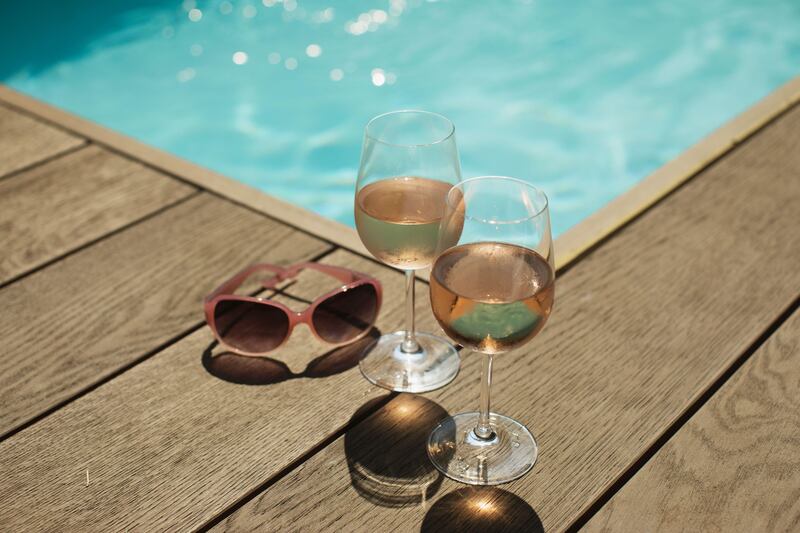 (Alamy Stock Photo)
(Alamy Stock Photo)
“It’s hot as hell. When it rains it pours, but it just comes straight down and then it’s gone again. And then wind… it’s a bit of a juggling act, but they achieve it.”
As far as regionality and grapes go, Provence is divided into three appellations: Côtes de Provence (the largest), Coteaux d’Aix-en-Provence and Coteaux Varois en Provence… with a breadth of different grape varieties.
Each one brings its own flavour and style to the blend, with three headlining: “Grenache, which brings juiciness, fresh fruit and roundness to the blend; cinsault which brings crispness and maybe a linearity, so the freshness and vibrancy,” explains the master of wine.
“And the third is syrah, not only does it bring a greater depth of colour – you might only use a small percentage of it – but it gives a fullness, a sort of a structure or framework to the wine.”
He continues: “The blend can be 60%, 30%, 10%, but it varies the whole time, depending on the colour they’re after, the flavour profile and so forth.”
Tellingly, this is where the value of knowing the producer or the brand comes in, says O’Connor. “Because they’re making the style of wine that you like.”
And the results delight us with intensity of flavour, ripeness, complex array of fruits and freshness. O’Connor says what he appreciates and likes about rosé wines, specifically from Provence, is the sense that you have everything in the right place.
“You have just the right level of fruit intensity, so it’s not overly pungent, or exotic in fruit character, like some white grapes. You don’t have an unforeseen, or unknown amount of tannins that sometimes dry your palate, which you get in red wines.
“So there’s this sort of safety, or you’ve got a good idea of the sensation, palatable experience you’re going to expect when you’re drinking Provence rosé,” explains O’Connor.
“You’re going to get nice balance, just the right amount of fruit intensity and smoothness – I think that suits a lot of people.
“To have peace of mind that if you’re buying wine from Provence, you’re in for quality.” he says confidently. “And you’re in for a pleasurable experience.”
Three ravishing rosés to have on your radar…
1. Minuty Cuvée Prestige Rosé 2024, Côtes de Provence, France, £22, Majestic
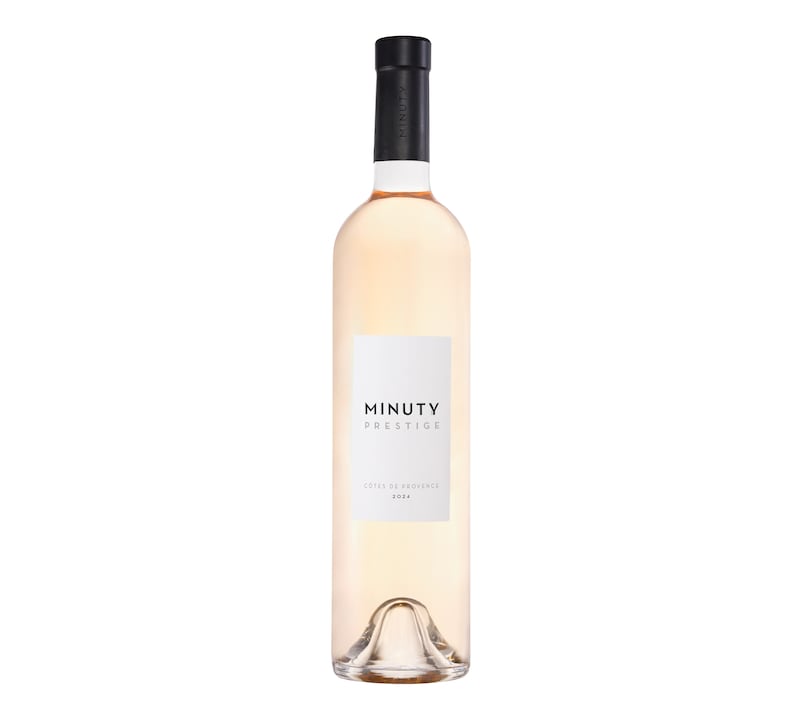
Immediately inviting, there’s a liveliness, brightness and complexity to this pale beauty. Aromatic with hints of peach and apricot, similar flavours unfold with a touch of nectarine, with fine acidity and a fresh, mineral finish. A blend of 70% grenache, 15% syrah, 10% rolle (vermentino), and 5% cinsault.
2. G de Galoupet Rosé 2024, Côtes de Provence, France, £22.50, Jeroboams
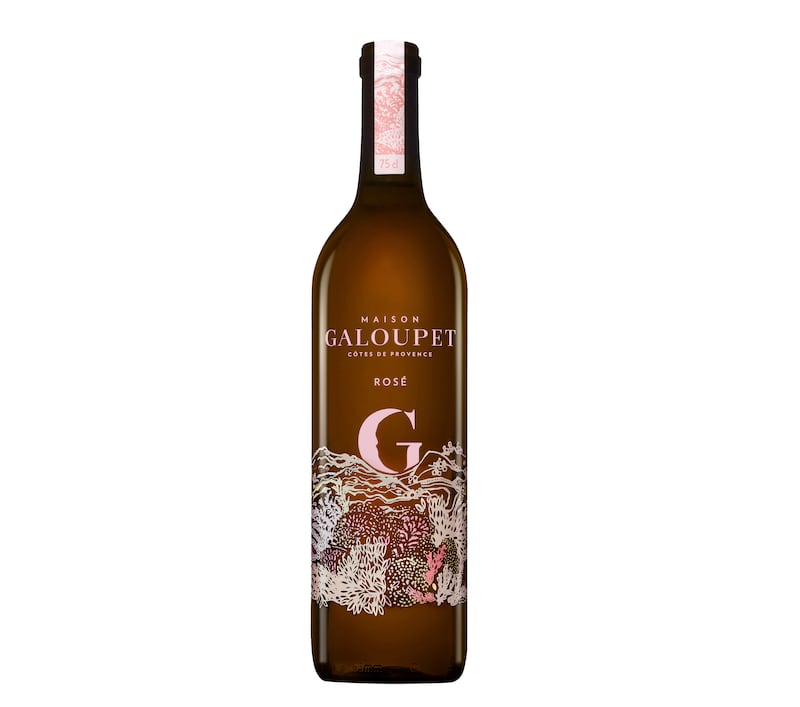 (
(
An elegant nose of blossom, barely there raspberries and citrus leads to an energetic palate, array of red fruits and appealing, saline tang on the silky finish. With the producer’s commitment to sustainability, it’s presented in one of the world’s lightest bottles. A blend of 60% grenache, 15% cinsault, 10% syrah and rolle (vermentino), and 5% tibouren.
3. Domaine des Diables Rosé Bonbon 2024, Côtes de Provence Sainte Victoire, France, £23.95, Lea & Sandeman
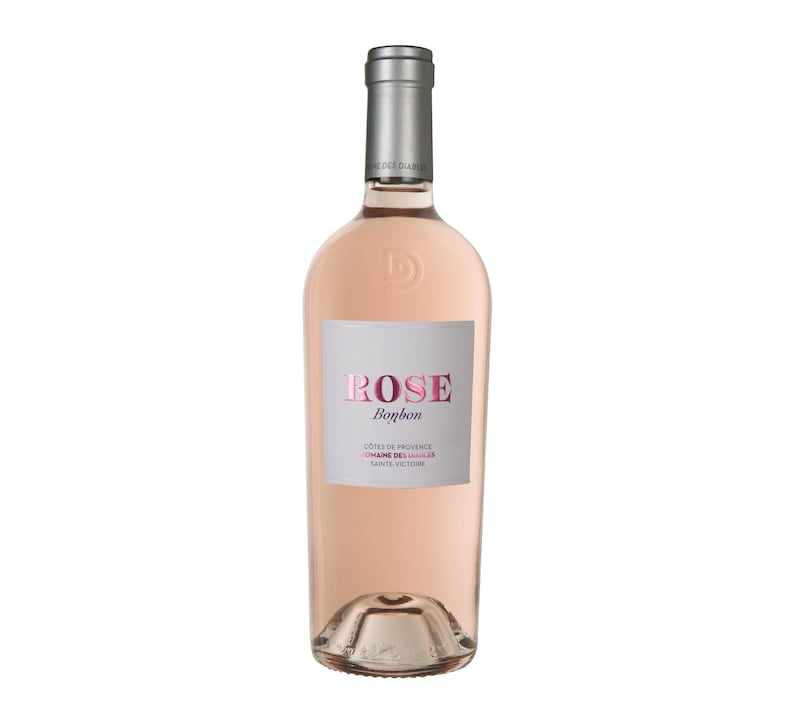 (Domaine
(Domaine
Beautifully fragrant with hints of rose petals, ripe red berry fruit and creamy white peach combine with mineral notes on the harmonious, rounded palate; finishing gently floral and above all, extraordinarily delicious. A blend of 50% cinsault, 30% syrah and 20% grenache.

